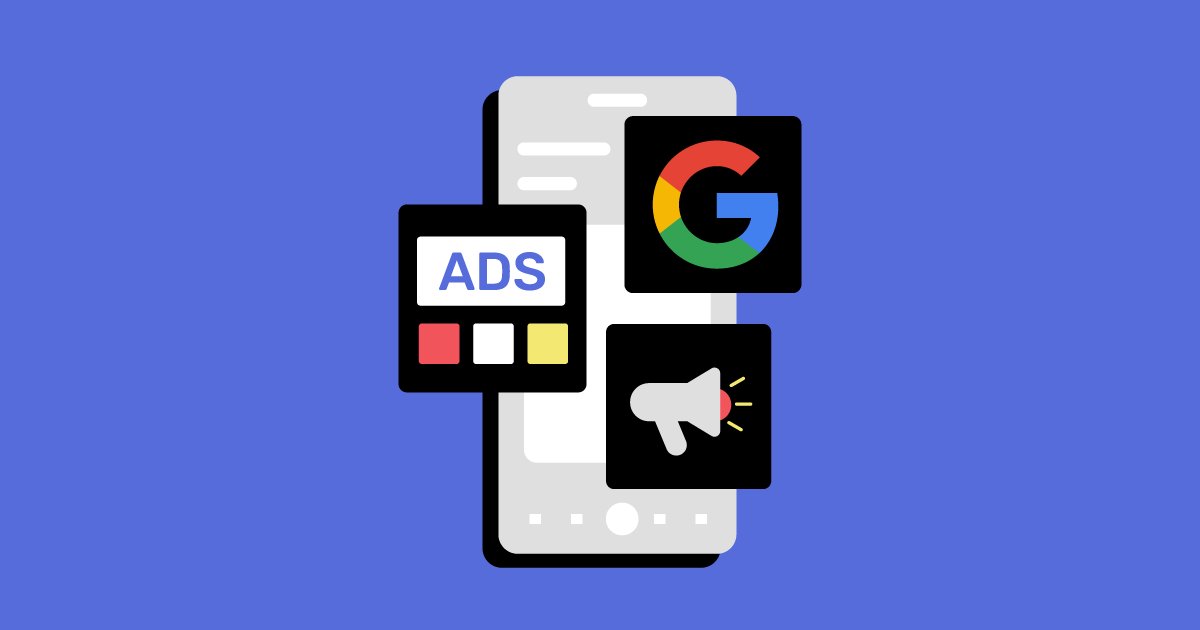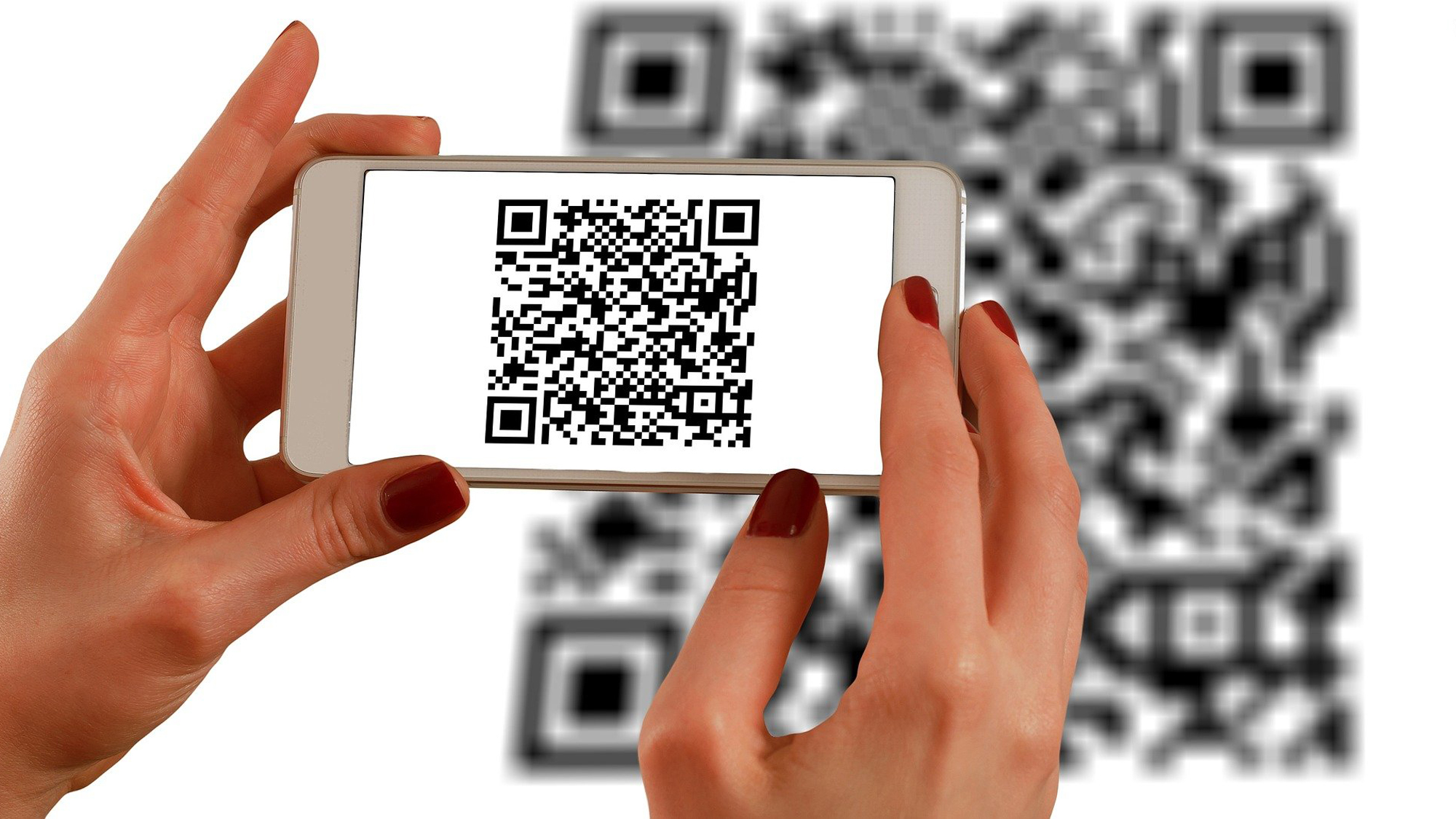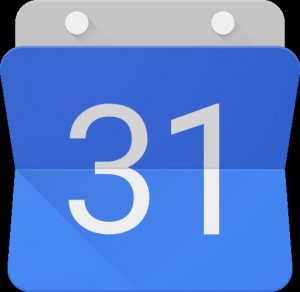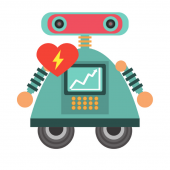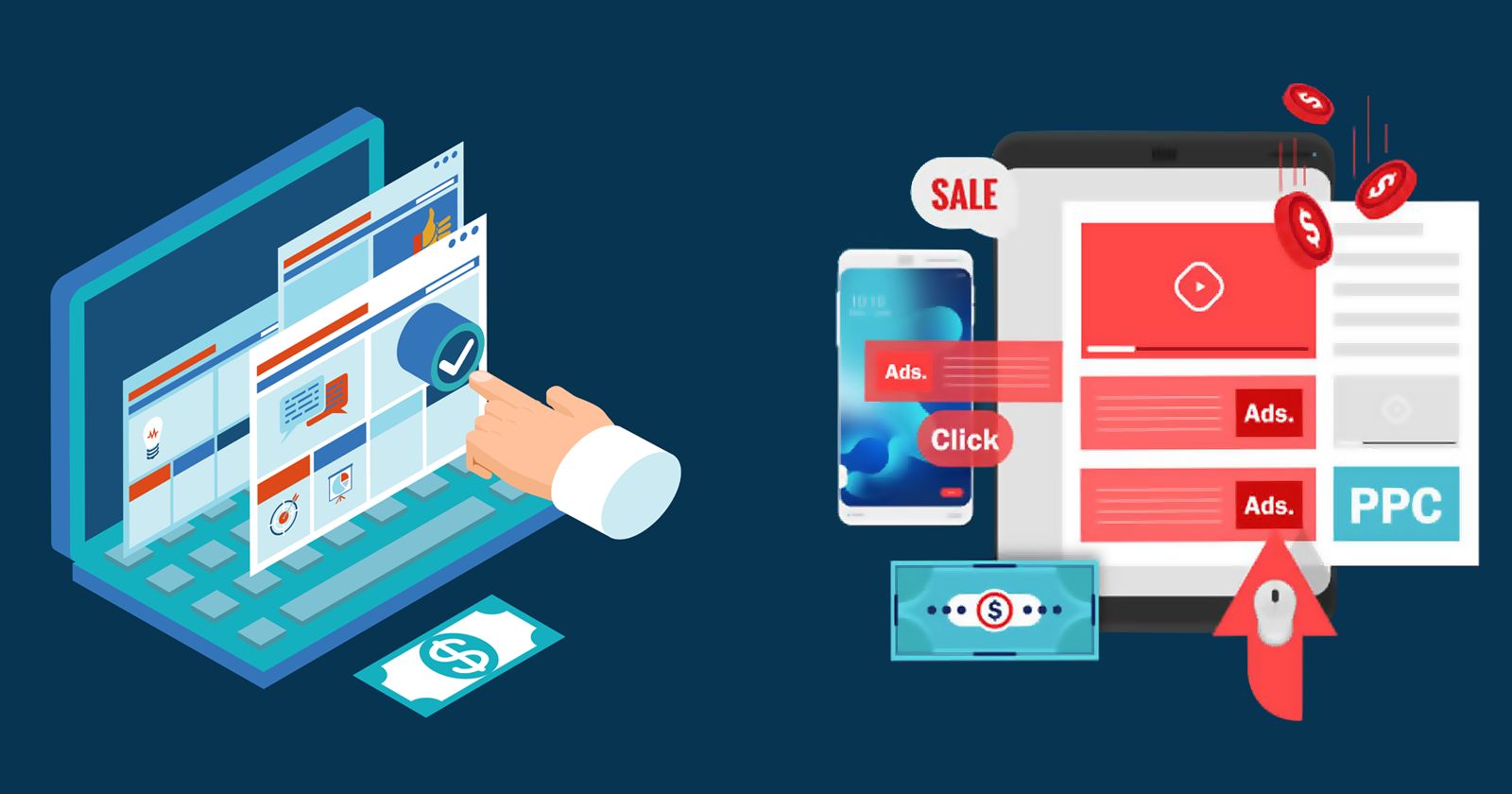Introduction
Welcome to the world of Google App campaigns, where marketing meets machine learning. In today’s digital landscape, app developers and businesses are constantly striving to reach a wider audience and increase their app downloads. And that’s where Google App campaigns come into play – a powerful tool that helps advertisers promote their apps across various Google networks, such as Search, YouTube, and Google Play.
However, have you ever wondered why machine learning doesn’t start immediately after launching a Google App campaign? It’s a question that many app advertisers have asked, and in this article, we will delve into the reasons behind this delay.
Before we explore the delay in the initiation of machine learning in Google App campaigns, let’s understand what exactly a Google App campaign is. In simple terms, it is an automated advertising solution that uses machine learning algorithms to optimize app promotion across different channels. By leveraging machine learning, advertisers can maximize their reach, relevance, and performance.
Google App campaigns take advantage of conversion data to improve targeting and ad creative decisions. But how does machine learning fit into this equation? Machine learning algorithms require sufficient data to learn and make accurate predictions. Initially, when launching a new campaign, there may not be enough conversion data available for the algorithm to make informed decisions.
Therefore, Google App campaigns have a learning phase during which the algorithm collects data and improves its predictions progressively. This learning phase is crucial for campaign performance optimization and ensures that the algorithm understands user behavior and preferences.
In the next sections, we will dive deeper into the reasons for the delayed initiation of machine learning in Google App campaigns and explore how advertisers can overcome these challenges to achieve better campaign results.
Understanding Google App Campaigns
To understand why machine learning doesn’t start immediately in Google App campaigns, we need to understand how these campaigns work. Google App campaigns utilize a combination of automated targeting, bidding, and ad creation to reach potential users across different Google networks. This automation is fueled by machine learning algorithms that analyze data and make real-time optimizations to deliver the best results for advertisers.
The process begins with the advertiser setting campaign goals and defining the target audience. They provide ad assets, such as headlines, descriptions, and images, as inputs to the campaign. From there, the machine learning algorithms take over, leveraging vast amounts of data to find the most relevant placements and deliver personalized ads to potential users who are most likely to engage with the app.
Google App campaigns utilize numerous signals to optimize performance, such as user demographics, behavior, and contextual information. The algorithms continuously analyze these signals and make iterative adjustments to bids, targeting, and creative elements to maximize conversions and meet the advertiser’s goals.
One of the key advantages of Google App campaigns is their ability to optimize across multiple channels, including search, display, YouTube, and Google Play. The machine learning algorithms can allocate the budget dynamically based on performance and allocate resources to the channels that drive the best results. This ensures that advertisers can effectively reach their target audience regardless of where they are within the Google ecosystem.
Given the complex nature of these campaigns and the reliance on machine learning, it’s important to understand that they require time to learn, adapt, and deliver optimal results. This is where the delay in the initiation of machine learning comes into play.
The next section will delve deeper into why machine learning doesn’t start immediately in Google App campaigns and explore the key factors that contribute to this delay.
The Importance of Machine Learning
Machine learning plays a vital role in the success of Google App campaigns. It is the driving force behind the campaign optimization, ensuring that advertisers get the best possible outcomes for their app promotion efforts. Let’s delve into the importance of machine learning in these campaigns.
1. Automated Optimization: Machine learning algorithms have the ability to analyze vast amounts of data and make real-time optimizations. They continuously learn from the performance of the campaign and adjust targeting, bidding, and ad creatives to maximize conversions. This automation allows advertisers to focus on other aspects of their app marketing strategy while the algorithms handle the intricate details of campaign optimization.
2. Personalized Targeting: Machine learning algorithms can analyze user data and behavior to identify the most relevant audience for an app. They can segment users based on various attributes like demographics, interests, and past behavior, enabling precise targeting. By reaching the right audience, advertisers can increase the chances of app downloads and user engagement.
3. Dynamic Budget Allocation: Google App campaigns utilize machine learning to allocate the budget dynamically. The algorithms analyze the performance of different channels and adjust the distribution of budget accordingly. This ensures that resources are allocated to channels that deliver the best results, maximizing the return on investment for advertisers.
4. Continuous Learning and Improvement: Machine learning algorithms thrive on data. The more data they collect, the better they become at predicting user behavior and optimizing campaign performance. Google App campaigns have a learning phase where the algorithms collect conversion data and progressively improve their predictions. This continuous learning process results in better targeting, higher click-through rates, and improved conversion rates over time.
By harnessing the power of machine learning, advertisers can tap into the immense potential of Google App campaigns. These campaigns become more effective, efficient, and adaptive, allowing advertisers to achieve their app marketing goals with greater precision and confidence.
In the following section, we will explore the reasons behind the delayed initiation of machine learning in Google App campaigns and understand why it is essential to the campaign’s success.
Delayed Initiation of Machine Learning
One question that often arises when launching a Google App campaign is why machine learning doesn’t start immediately. The delay in the initiation of machine learning is crucial to ensure the campaign’s success. Let’s explore the key reasons behind this delay.
1. Lack of Sufficient Conversion Data: Machine learning algorithms require a substantial amount of data to make accurate predictions and optimizations. When launching a new Google App campaign, there may not be enough conversion data initially. The campaign needs time to accumulate enough data for the algorithms to understand user behavior and make informed decisions.
2. Learning Phase and Data Collection: Google App campaigns have a learning phase during which the algorithms collect data and improve their predictions. This learning phase is essential for the algorithms to understand the dynamics of the app’s target audience and make data-driven decisions. During this phase, the algorithms explore different strategies, test various targeting options, and fine-tune the ad creatives to improve performance.
3. Adapting to User Behavior and Trends: Machine learning algorithms need time to adapt to user behavior and changing trends. They analyze patterns, preferences, and interactions to determine the most effective strategies for app promotion. By delaying the start of machine learning, advertisers allow the algorithms to adjust to user behavior and optimize the campaign accordingly.
4. Balancing Campaign Objectives: Delaying machine learning initiation also helps strike a balance between short-term objectives and long-term goals. By allowing the campaign to gather sufficient data and optimize progressively, advertisers can achieve better results in the long run. While it may seem tempting to get immediate results, the delayed initiation of machine learning ensures a more solid foundation for sustained performance improvements.
Overall, the delayed initiation of machine learning in Google App campaigns is a strategic choice to optimize campaign performance. By giving the algorithms time to collect data, learn from user interactions, and adapt to changing trends, advertisers can achieve higher conversions, better targeting, and improved overall app promotion results.
In the next section, we will explore ways to improve campaign performance and unlock the full potential of machine learning in Google App campaigns.
Lack of Sufficient Conversion Data
One of the key reasons for the delayed initiation of machine learning in Google App campaigns is the lack of sufficient conversion data. Machine learning algorithms thrive on data, and without enough meaningful data, the algorithms are unable to make accurate predictions and optimizations. Let’s explore this aspect in more detail.
When launching a new Google App campaign, there is often a limited amount of conversion data available initially. Conversion data refers to the actions taken by users, such as app downloads, in-app purchases, or specific events within the app. These actions provide valuable insights into user behavior and help the machine learning algorithms understand the preferences and patterns of the target audience.
During the early stages of a campaign, the algorithms have limited or no data to guide their decision-making process. As a result, they may not be able to effectively target the right audience or optimize the campaign components. This lack of data can hinder the performance of the campaign and lead to suboptimal results.
Additionally, Google App campaigns employ various targeting options, such as demographic targeting, interest targeting, and remarketing. These targeting options rely heavily on user data to deliver personalized and relevant ads. If there is insufficient conversion data available, the algorithms may struggle to accurately determine the most relevant audience segments, resulting in less effective targeting and lower conversion rates.
To address the issue of lacking conversion data, Google App campaigns have a learning phase during which the algorithms collect data and gradually improve their predictions. The learning phase allows the algorithms to explore different strategies, test various targeting options, and analyze the performance of different ad creative combinations. As more conversion data is accumulated, the algorithms become more accurate and efficient in optimizing the campaign.
Advertisers can accelerate the learning process by ensuring that conversion tracking is properly implemented within their app. By closely monitoring the campaign’s performance metrics and analyzing the data, advertisers can gain valuable insights and provide the algorithms with the necessary information to make informed decisions.
Overall, the lack of sufficient conversion data during the initial stages of a Google App campaign is a natural hurdle that needs to be overcome. By allowing the algorithms to collect relevant data over time and progressively optimize the campaign, advertisers can unlock the full potential of machine learning and achieve better results.
In the next section, we will discuss strategies to improve campaign performance and make the most of the machine learning capabilities in Google App campaigns.
Learning Phase and Data Collection
In Google App campaigns, the learning phase and data collection play a crucial role in optimizing campaign performance. During this phase, machine learning algorithms gather valuable insights and refine their predictions to deliver better results. Let’s dive deeper into the learning phase and the importance of data collection in Google App campaigns.
When a Google App campaign is launched, it enters a learning phase where the algorithms collect conversion data and analyze user behavior. This phase allows the algorithms to understand the dynamics of the target audience, including their preferences, interests, and interactions with the app. By analyzing this information, the algorithms can make data-driven decisions to improve targeting, bidding, and ad creatives.
The learning phase is essential because it enables the machine learning algorithms to adapt and optimize campaign performance based on real-time user data. As the algorithms receive more data, they become better equipped to identify the most relevant audience segments, predict user actions, and allocate resources accordingly.
During the learning phase, Google App campaigns experiment with different strategies, such as different bid levels, placements, and creative variations. The algorithms assess the performance of these different approaches and learn which combinations yield the best results. By continuously collecting data and analyzing the outcomes, the algorithms can iteratively improve the campaign’s performance over time.
Data collection is a fundamental aspect of the learning phase. As the algorithms collect conversion data, they gain insights into which actions drive the most valuable results for the app. For example, if a certain audience segment tends to make more in-app purchases than others, the algorithms can prioritize targeting that segment to maximize conversions. Similarly, if specific ad creative elements perform exceptionally well, the algorithms can optimize future ads based on those successful elements.
As advertisers, it is crucial to have conversion tracking properly implemented within the app and closely monitor the campaign’s performance. By analyzing the collected data, advertisers can identify patterns, trends, and areas for improvement. This allows them to provide valuable feedback and optimize the campaign based on real-time insights.
By allowing the learning phase and data collection to occur, advertisers can harness the power of machine learning and leverage the increasing accuracy of the algorithms. It is important to be patient during this phase and trust the algorithms to gather the necessary insights for campaign optimization.
Next, we will explore strategies to enhance campaign performance and achieve the best possible outcomes in Google App campaigns.
Improving Campaign Performance
While the delayed initiation of machine learning in Google App campaigns is necessary for optimal performance, there are several strategies that advertisers can employ to improve campaign performance. By implementing these strategies, advertisers can leverage the power of machine learning even more effectively and achieve better results. Let’s explore some of the key ways to enhance campaign performance.
1. Optimize Ad Creative: Ad creative plays a crucial role in capturing the attention of potential users and driving conversions. Continuously test and iterate different ad variations to find the most compelling and engaging creatives. Experiment with different headlines, descriptions, and images to identify which combinations resonate best with the target audience. By regularly optimizing ad creative, advertisers can increase click-through rates and improve overall campaign performance.
2. Refine Targeting: Google App campaigns offer a wide range of targeting options, including demographic targeting, interest targeting, and remarketing. Continuously review the performance of different targeting segments and make adjustments to refine the audience targeting. Analyze the conversion data to identify high-performing demographic groups or interests and allocate more budget towards those segments. Refining targeting helps ensure that the campaign reaches the most relevant users, resulting in higher engagement and conversion rates.
3. Monitor and Adjust Bids: Bidding strategy plays a significant role in campaign performance. Keep a close eye on performance metrics and use bid adjustments to control how frequently your ads are shown to specific audiences or in specific placements. Adjust bids based on performance data to optimize for the best cost-per-action and maximize your return on ad spend.
4. Leverage Asset Reporting: Google provides asset reporting, which allows you to gather insights into how different ad assets are performing. By using asset reporting, you can identify which headlines, descriptions, or images are driving the highest engagement and focus on those assets. This information helps you make data-driven decisions to optimize your ad assets and improve campaign performance.
5. Test and Experiment: Testing different strategies and variations is key to finding what works best for your app campaign. Experiment with different bidding strategies, ad formats, and messaging to identify the most effective approach. A/B testing can help you understand the impact of different variables and guide your optimization efforts. Continuously evaluate the results and make data-driven decisions to refine your campaign strategy.
By employing these strategies, advertisers can optimize their Google App campaigns for better performance. It’s important to continuously analyze the data, monitor performance metrics, and adapt your campaign accordingly to leverage the power of machine learning effectively.
Next, we will conclude with a recap of the key insights discussed throughout the article.
Conclusion
In conclusion, the delayed initiation of machine learning in Google App campaigns is a strategic choice that allows the algorithms to gather sufficient data, learn from user behavior, and optimize the campaign for better performance. Machine learning plays a vital role in these campaigns by automating optimization, enabling personalized targeting, and dynamically allocating the budget.
Understanding the importance of machine learning and the challenges it faces in the initial stages of a campaign is crucial for advertisers. The lack of sufficient conversion data and the learning phase are key factors contributing to the delay in machine learning initiation. However, through patience and proper implementation of campaign strategies, advertisers can unlock the full potential of machine learning and achieve better campaign results.
By optimizing ad creatives, refining targeting, monitoring and adjusting bids, leveraging asset reporting, and conducting tests and experiments, advertisers can improve their campaign performance. These strategies help advertisers make data-driven decisions and harness the power of machine learning more effectively.
Google App campaigns provide a powerful platform for app promotion, leveraging machine learning to optimize performance and reach a wider audience. Advertisers can maximize their campaign’s success by being patient during the learning phase, actively monitoring performance metrics, and making strategic adjustments based on data insights.
In summary, the delayed initiation of machine learning in Google App campaigns is a necessary step to enable optimal performance. By understanding the importance of machine learning, harnessing data collection during the learning phase, and implementing effective campaign optimization strategies, advertisers can unlock the full potential of these campaigns and achieve their app marketing goals.







